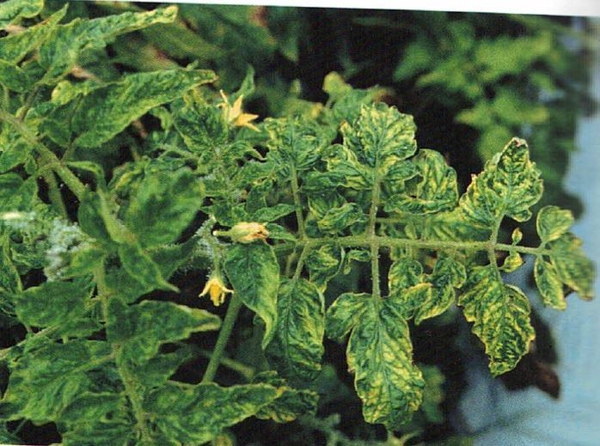


If you work with tomatoes (or other solanaceous crops) in Pakistan or elsewhere, you may want to know about ToMV (Tomato mosaic virus)—it’s one of the more stubborn plant viruses that can cause big losses if unmanaged. Here’s a fresh article you can post on Quora, aimed at growers, extension agents, and ag-business professionals.
What is ToMV?
Tomato mosaic virus (ToMV) belongs to the genus Tobamovirus and is a close relative of the classic Tobacco mosaic virus (TMV). ScienceDirect+3NC State Extension+3hexafarms.com+3
It primarily infects tomato plants (Solanum lycopersicum) but can also affect other plants in the Solanaceae family (eg. peppers, eggplant) and even some weeds or ornamentals. NC State Extension
What makes it especially tricky: the virus is very persistent, easily transmitted by contact or contaminated tools/seed, and current control is mostly preventive rather than curative. hexafarms.com+1.com+1
Why Should Growers Care?
- Reduced yield & quality: Infected plants often show stunted growth, mosaic or mottled leaves, deformed fruits, uneven ripening or internal fruit damage — all of which cut market value. hexafarms.com+1
- Long-term persistence: The virus can survive in plant debris, soil and on equipment for long periods (sometimes up to 1-2 years) which means once it enters a crop it can haunt subsequent plantings. NC State Extension
- Resistance challenges: While resistant tomato varieties exist, new ToMV isolates are emerging that overcome major resistance genes (e.g., the Tm-22 gene) making management more complex. PubMed
- Economic impact: For greenhouse growers or commercial operations in Pakistan, any reduction in fruit quality or marketability hits profits. Early recognition and strong management are essential.
Typical Symptoms to Look For
Knowing what to spot early gives you a chance to intervene. Look out for:
- Mosaic or mottled patterns of light and dark green on leaves. NC State Extension
- Leaf curling, distortion, narrowing of leaflets, wrinkling. hexafarms.com.com
- Fruits that show uneven ripening, blotches, internal browning (sometimes called “brownwall”). veggiescout.mgcafe.uky.edu.mgcafe.uky.edu
- Stunted plants, reduced vigor, poor fruit set.
- On greenhouse operations: consistently lower yields, plants failing to meet normal growth benchmarks.
How the Virus Spreads
- Mechanical transmission: hands, gloves, tools, greenhouse equipment that touch infected plants and then healthy ones. NC State Extension
- Seed-borne infection: infected seed or seedlings can introduce the virus into new plantings. hexafarms.com.com
- Contact with infected plant debris or soil. The virus can persist in dead plant material and in soil/greenhouse surfaces. NC State Extension
- Less commonly: grafting with contaminated scions, or interactions with tobacco products in the vicinity. hexafarms.com
Best Practices for Management & Prevention
Because there’s no chemical “cure” for ToMV, prevention is key. Here’s a practical checklist:
- Use certified disease-free seed and seedlings.
- Choose resistant cultivars if available (with genes like Tm-1, Tm-2, Tm-22) but remain aware of emerging resistance-breaking strains. PubMed
- Sanitation:
- Clean/disinfect tools and equipment regularly.
- Remove and destroy infected plants and debris as soon as symptoms are spotted. veggiescout.mgcafe.uky.edu
- Limit contact with plants from tobacco fields or places where TMV/ToMV may persist.
- Plant spacing & greenhouse hygiene: reduce plant-to-plant contact, ensure good airflow, remove weeds and hosts around the crop. NC State Extension
- Rotate crops: avoid successive plantings of the same host family in the same ground or greenhouse without break or sanitation.
- Monitor early & regularly: Training staff to identify early signs will reduce spread before it becomes epidemic.
- Biological/induced-resistance approaches: New research shows promise — e.g., use of microalgae treatments to boost plant defence pathways against ToMV. SpringerOpen
- Record-keeping: note where and when infections occur, cultivar used, seed source etc. This helps with tracing and preventing future outbreaks.
Last edited:


















